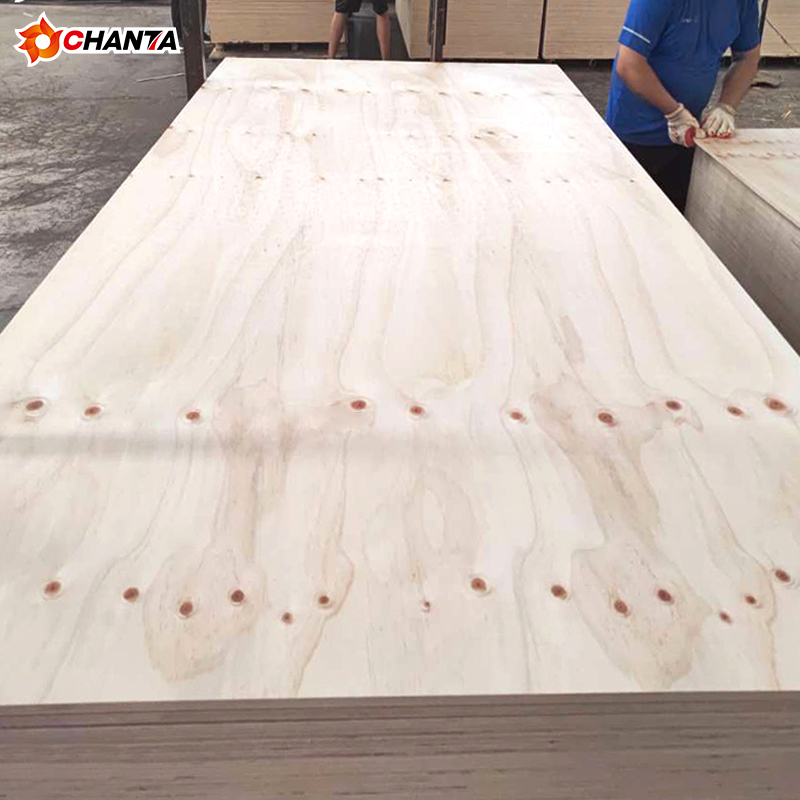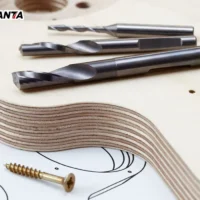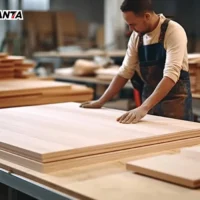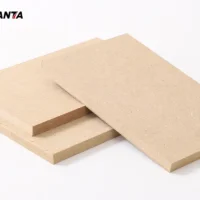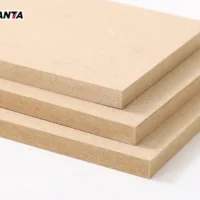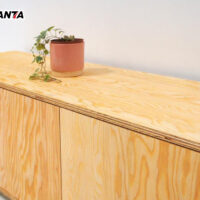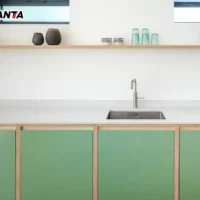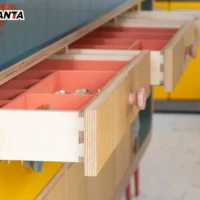Wood veneer is a thin slice of natural wood, typically ranging in thickness from 0.5 to 3 millimeters. It is made by slicing wood into very thin sheets, which are then used to cover or laminate other, less expensive or less visually appealing substrates like plywood, MDF (medium-density fiberboard), or particleboard.
This technique allows furniture, cabinets, flooring, and other products to look as if they are made from solid wood while actually only having a surface layer of real wood.



Types of Wood Veneer
Wood veneer can be classified into several types based on the cutting method and wood species. Common cutting techniques include:
- Rotary-cut veneer: Produced by rotating a log and cutting it into continuous sheets. This method yields large sheets of veneer but with less distinct grain patterns.
- Flat-cut (plain-sliced) veneer: Made by slicing the wood parallel to the log’s length, resulting in a natural wood grain that looks more like solid wood. This is the most common type used in furniture.
- Quarter-cut veneer: Cut perpendicular to the growth rings of the tree, producing a straight, uniform grain pattern. This type of veneer is often more expensive but offers a high-quality, consistent appearance.
Uses of Wood Veneer
Wood veneer is commonly used in:
- Furniture production: High-end furniture often uses veneer on its surface to achieve an elegant look while keeping costs down.
- Interior decoration: It is used on walls, ceilings, cabinets, and doors to add a decorative touch to the interior.
- Musical instruments: Instruments like guitars and pianos often use veneer to provide unique patterns and colors.
Advantages of Wood Veneer
- Eco-friendly and resource-efficient: Veneer makes better use of wood by using thin slices, which helps reduce overall wood consumption.
- Realistic appearance: Since it is made from actual wood, veneer retains the natural texture and color, making it look and feel like solid wood.
- Cost-effective: Products made with veneer tend to be less expensive than those made entirely from solid wood while still maintaining a high-end appearance.
Difference Between Veneer and Other Surface Materials
It is important to distinguish between wood veneer and artificial laminates or other surface materials. Veneer is made from real wood, while laminates are typically made from printed or composite materials that mimic the appearance of wood but lack its natural texture and feel.
Wood veneer is popular in the furniture and design industry for its natural beauty and sustainability, providing the look of solid wood at a more affordable price.














